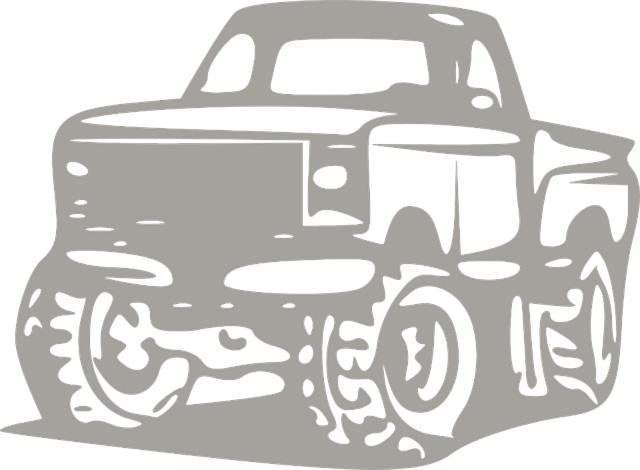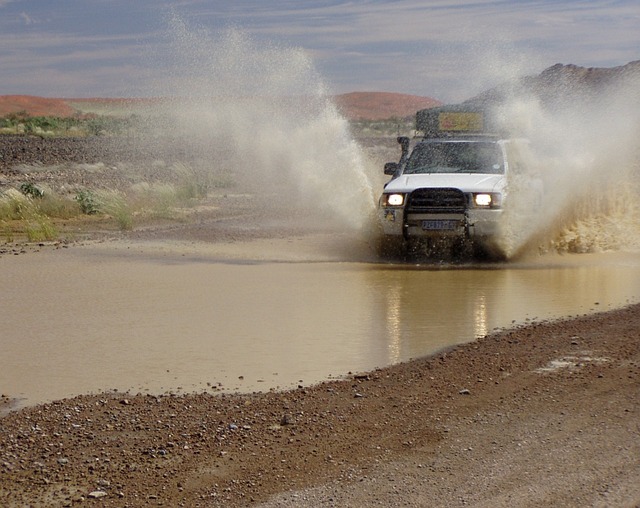In Brownsville, TX, understanding the significance of high-strength truck shackles is crucial for efficient fleet recovery operations. These steel connections are vital for secure towing and transport, minimizing downtime and damage. Local fleet operators rely on them to navigate diverse terrain, enhancing recovery capabilities and contributing to the city's smooth transportation network. The city has embraced modern, specialized equipment over traditional methods, setting a national benchmark for safety and efficiency in fleet industry recoveries.
Brownsville, TX, is a bustling hub for the trucking industry, where efficient fleet management is key. In this dynamic landscape, understanding truck shackles and their role in fleet recovery is crucial. This article delves into the significance of these essential pieces of recovery equipment, exploring their impact on operations and the evolving nature of truck recovery in Brownsville’s fleet industry. From traditional methods to innovative technology, discover how advancements are shaping the future of vehicle rescue.
- Understanding Truck Shackles: Their Role in Fleet Recovery in Brownsville, TX
- The Evolution of Truck Recovery Equipment: Unshackling the Future in Brownsville's Fleet Industry
Understanding Truck Shackles: Their Role in Fleet Recovery in Brownsville, TX

In Brownsville, TX, understanding truck shackles is key for efficient fleet recovery operations. These robust pieces of fleet recovery equipment play a pivotal role in ensuring quick and safe towing and transport of vehicles. Shackles, typically made from high-strength steel, serve as critical connecting links between tow trucks and vehicles, allowing for secure attachment during recovery processes. Their design enables them to withstand immense tension, making them indispensable for navigating challenging road conditions and hazardous situations.
Brownsville’s diverse terrain requires versatile fleet recovery solutions, and truck shackles meet these demands. Whether it’s recovering a vehicle from a remote area or handling a collision on a busy highway, shackles provide the necessary stability and strength. Local fleet operators rely on them to minimize downtime and damage, ultimately contributing to the smooth operation of Brownsville’s transportation network. By investing in high-quality truck shackles, businesses can enhance their recovery capabilities and better serve their customers in this vibrant Texas city.
The Evolution of Truck Recovery Equipment: Unshackling the Future in Brownsville's Fleet Industry

In Brownsville, Texas, the fleet industry has seen a remarkable evolution in truck recovery equipment over the years, mirroring advancements in technology and safety standards across the nation. Traditional methods of vehicle recovery have transitioned from manual chains and cables to modern, sophisticated systems that enhance efficiency and minimize damage. This shift is particularly notable among emergency response teams and towing services who rely on state-of-the-art equipment to navigate Brownsville’s diverse terrain, from congested urban streets to rural highways.
Brownsville’s fleet is now equipped with advanced truck recovery tools, such as hydraulic spreaders, winches with variable speed controls, and air bags for lifting. These innovations not only streamline recovery operations but also ensure better preservation of vehicles, reducing costs for both owners and insurance companies. As technology continues to march forward, Brownsville’s adoption of cutting-edge truck recovery equipment sets the stage for a safer, more efficient future in the fleet industry.
Brownsville, TX, has witnessed a significant evolution in its fleet industry, driven by advancements in truck recovery equipment. From understanding the vital role of shackles in efficient fleet recovery operations to exploring future trends, this city is at the forefront of enhancing transportation logistics. As the demand for swift and effective recovery solutions grows, Brownsville’s fleet operators are equipped with the knowledge and tools to navigate challenges, ensuring a safer and more resilient transportation network within the region.
